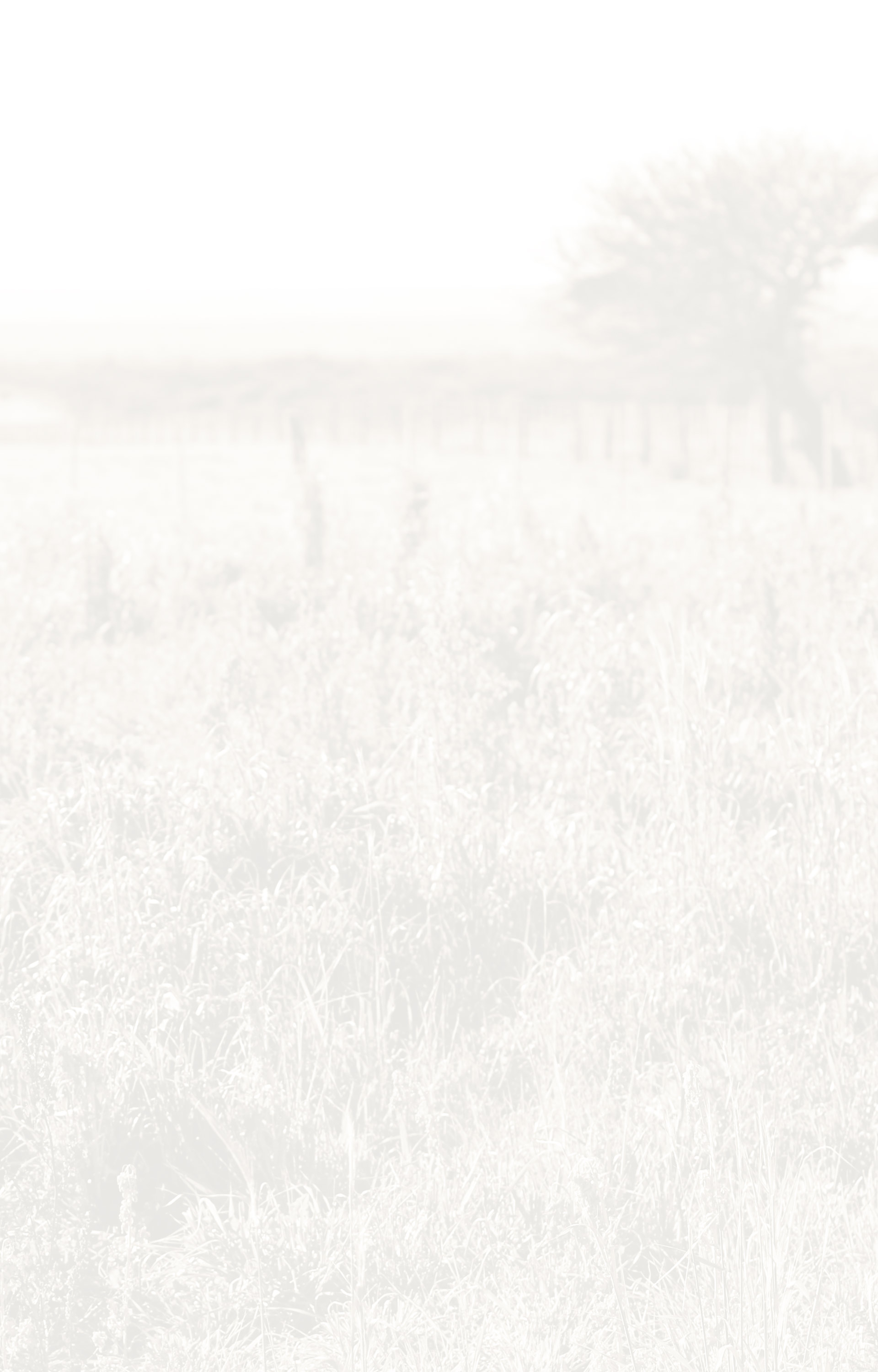
Passion for the Hunt
EL MILO was transformed from a conventional field to an extreme adventure reserve of big game on open field and confinement. Within the reserve you can perform any type of hunting, either with a firearm or with the very interesting archery.
Big Game Animals
Individual Prices 2019-2020
Stay from 1/3 to 30/8: Hunter
Non-hunter companion
- Red Deer:
- 300-330 SCI
- 330-365 SCI
- 365-380 SCI
- 380 - more SCI -ask us-
- Blackbuck:
- 40 -50 cm
- 50-60 cm
- Fallow Deer:
- Mouflon:
- Four Horned
- Patagonian Ram
- Buffalo
- Axis
- Wild boar:
- Females, Cubs and < 5 cm
- From 5 to 6 cm
- A partir de los 6 cm x Cm









